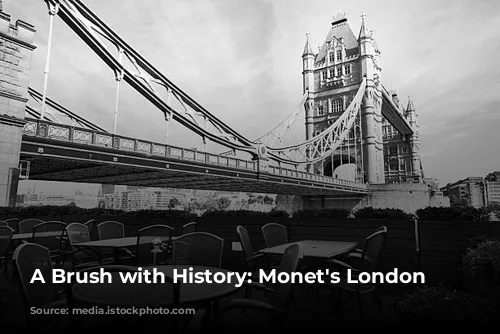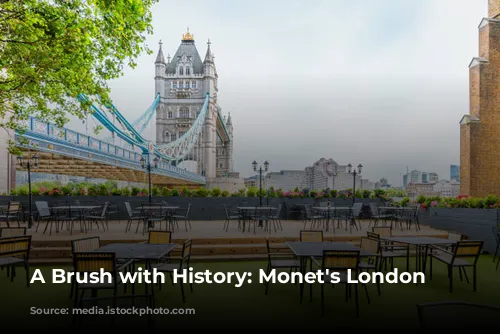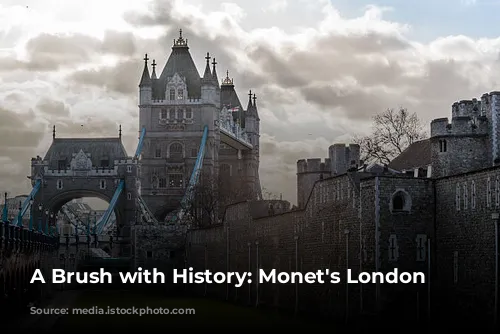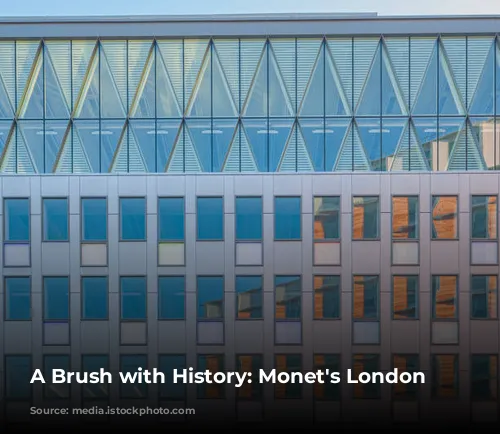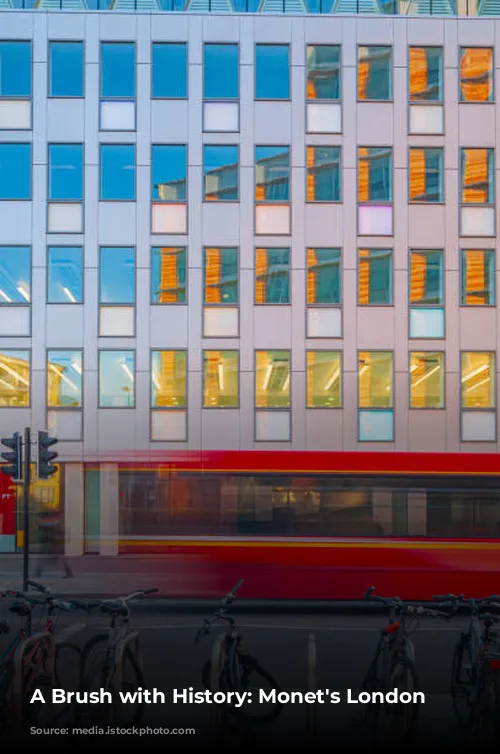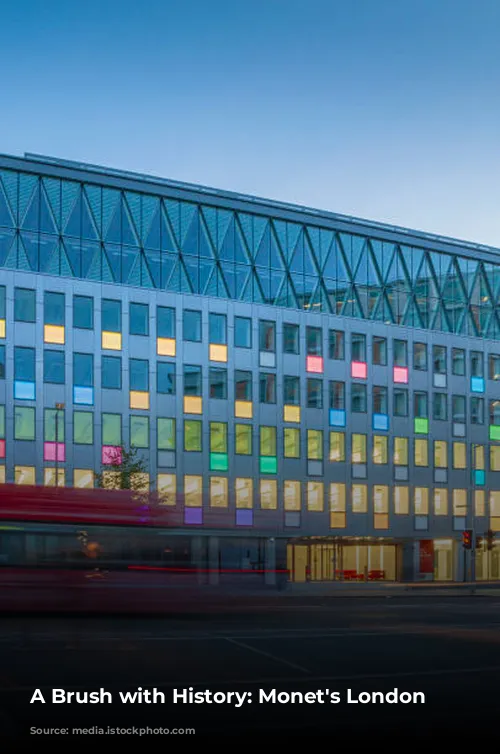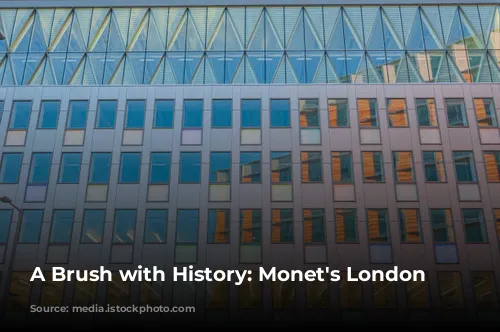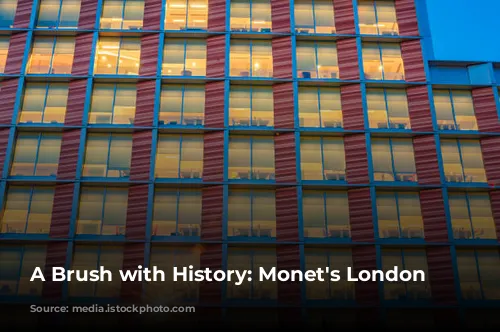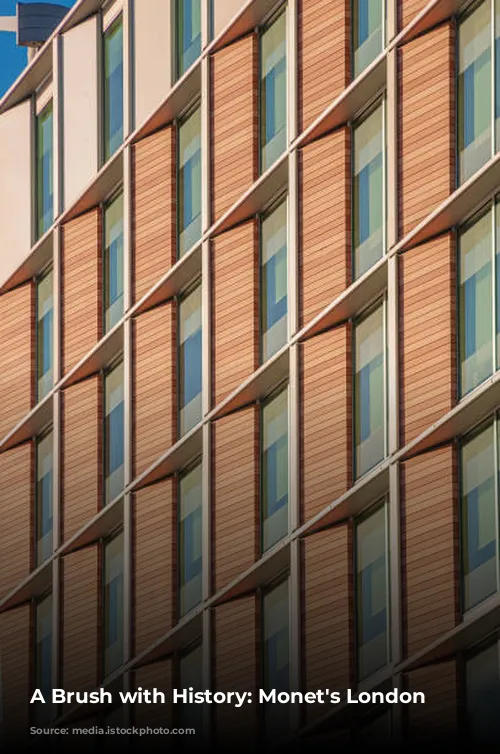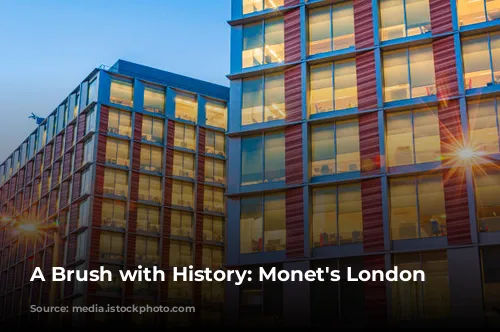Claude Monet, the renowned French Impressionist painter, was smitten with London during his exile from France in the 1870s. He vowed to return, and indeed, he did. During his subsequent visits in 1899, 1900, and 1901, Monet took up residence at the esteemed Savoy Hotel. This luxurious establishment boasts of Monet’s stays on its blog, stating that he spent approximately two months on each occasion, diligently capturing breathtaking views of the Thames from his hotel windows.
It was during these stays that Monet created his iconic masterpieces depicting London’s iconic bridges: Waterloo Bridge and Charing Cross Bridge. He also captured the grandeur of the Houses of Parliament from the vantage point of St Thomas’ Hospital’s roof. For a deeper dive into this fascinating period of Monet’s artistic journey, head over to the National Gallery’s YouTube channel where they offer insights into his London works. Their 2018 exhibition, showcasing his London collection, further enriched our understanding of his artistic vision.
The Mystery of Monet’s Suite
Monet’s captivating depictions of London’s urban landscape have often taken a backseat to his idyllic countryside scenes, but these urban paintings hold their own undeniable charm. Two of the captivating images displayed below were painted from the artist’s vantage point at the Savoy Hotel, while the third captures the essence of St Thomas’ Hospital.
[Images of Charing Cross bridge (1899-1901), by Claude Monet (Via St Louis Art Museum) and Houses of Parliament (1904), by Claude Monet (Via Claude-Monet.com)]
While it seems obvious that Monet stayed at the Savoy, whispers of discrepancy regarding his exact room number surfaced. The Fairmont Hotel Group’s blog claimed that Monet occupied rooms 512 and 513, rooms that they proudly market as the “Monet Suite.” However, a research paper published in 2010 by scientists from the University of Birmingham threw a wrench into the Savoy’s narrative.
Sunbeams and Science: Unveiling the Truth
This research paper, aptly titled “Monet at the Savoy,” led by Soraya Khan and her team, utilized the principles of solar geometry to pinpoint Monet’s exact location within the Savoy Hotel. Solar geometry relies on the sun’s position and landmarks visible in a painting to precisely determine the painter’s location and time of creation. Using Cleopatra’s Needle, a prominent landmark visible in two of Monet’s depictions of Charing Cross Bridge, scientists were able to deduce the specific balcony or window Monet used as his canvas.
Their findings revealed that Monet stayed in rooms 610-611 in 1899, and 510-511 in 1900/1901, contradicting the Savoy’s claims. This revelation came at a rather hefty price, as the “Monet Suite” they had been promoting, priced at £720 per person, was deemed a costly mistake.
Since the publication of this research, the Savoy underwent renovations and the “Monet Suite” was rightfully relocated to the correct rooms. This correction was officially acknowledged by Susan Scott, the Savoy’s archivist, in a 2018 National Gallery video. She stated that these rooms hold immense significance as they are the very rooms where Monet painted his masterpieces.
The Evolving Landscape of the Savoy
It’s worth noting that the Savoy Hotel no longer boasts balconies overlooking the river, a detail that stands in stark contrast to the National Gallery video’s description of Monet painting from his balcony. The photo displayed above showcases the Savoy as it would have appeared during Monet’s stay. The solar geometry article explains that these balconies were removed to make way for bathrooms, and the rooms were extended to the front edge of the balconies a decade later.
Today, those seeking to experience London from Monet’s perspective can only gaze out from the windows of rooms 610-11 and 510-11.
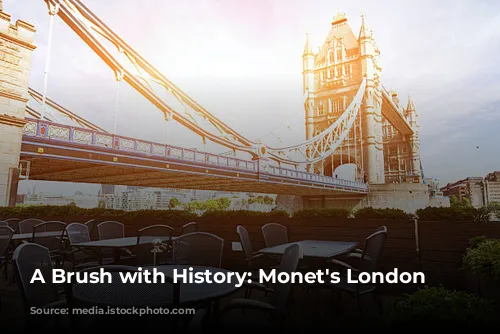
Monet’s London: A Timeless Legacy
While I may not consider myself an ardent art aficionado, Monet’s London collection has stirred something within me. The collection beautifully captures the enduring spirit of London, its timeless charm evident in the recognizable Waterloo Bridge, even amidst the bustling steamboats and pollution of the time. I recently walked across this very bridge, and it was impossible to ignore its connection to Monet’s art, bridging time and generations. Exploring the rich history of London through Strandlines has opened my eyes to the profound connection between the city’s present and its past. The Strand, a vital artery of London, unfolds like a timeline, with each step revealing a new layer of history. The Savoy Hotel stands as a bastion of the Strand’s legacy, and Monet’s decision to make it his home and his canvas further solidifies its importance. His artistic legacy adds another captivating layer to the rich tapestry of London’s history.
